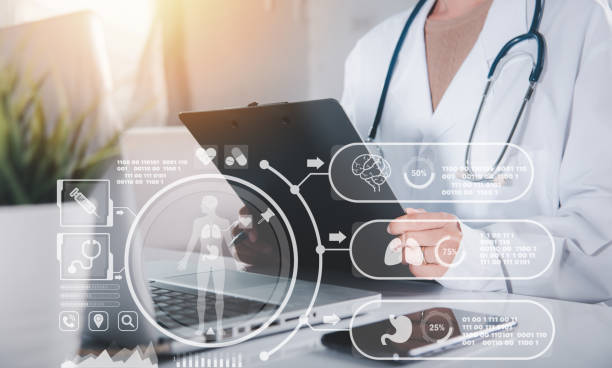
Introduction to Remote Patient Monitoring
Posted by on 2024-07-04
Remote Patient Monitoring (RPM) is a cutting-edge approach to healthcare that utilizes technology to monitor patients outside of traditional clinical settings. This innovative method allows medical professionals to keep track of their patients' vital signs, symptoms, and overall health in real-time, without the need for frequent office visits.
As we continue to witness advancements in technology, RPM has become an increasingly popular tool in the healthcare industry. It offers numerous benefits for both patients and healthcare providers, including improved access to care, enhanced patient outcomes, and reduced healthcare costs.
One of the key components of RPM is the use of various devices such as wearable sensors, mobile apps, and telehealth platforms. These tools enable patients to measure their blood pressure, heart rate, glucose levels, and other important health metrics from the comfort of their own homes. The data collected by these devices are then transmitted securely to healthcare providers who can monitor them remotely.
By utilizing RPM, healthcare providers can detect potential health problems early on and intervene before they escalate into more serious conditions. This proactive approach not only improves patient outcomes but also helps prevent unnecessary hospitalizations and emergency room visits.
Furthermore, RPM promotes patient engagement and empowerment by allowing individuals to take an active role in managing their own health. Patients have access to real-time feedback on their health status and can make informed decisions about their care with the guidance of their healthcare team.
In conclusion, Introduction to Remote Patient Monitoring is revolutionizing the way we deliver healthcare services. By leveraging technology to monitor patients remotely, we can provide personalized care that is convenient, efficient, and cost-effective. As we move forward in this digital age, it is essential for healthcare providers to embrace RPM as a valuable tool in improving patient outcomes and enhancing overall quality of care.
As we continue to witness advancements in technology, RPM has become an increasingly popular tool in the healthcare industry. It offers numerous benefits for both patients and healthcare providers, including improved access to care, enhanced patient outcomes, and reduced healthcare costs.
One of the key components of RPM is the use of various devices such as wearable sensors, mobile apps, and telehealth platforms. These tools enable patients to measure their blood pressure, heart rate, glucose levels, and other important health metrics from the comfort of their own homes. The data collected by these devices are then transmitted securely to healthcare providers who can monitor them remotely.
By utilizing RPM, healthcare providers can detect potential health problems early on and intervene before they escalate into more serious conditions. This proactive approach not only improves patient outcomes but also helps prevent unnecessary hospitalizations and emergency room visits.
Furthermore, RPM promotes patient engagement and empowerment by allowing individuals to take an active role in managing their own health. Patients have access to real-time feedback on their health status and can make informed decisions about their care with the guidance of their healthcare team.
In conclusion, Introduction to Remote Patient Monitoring is revolutionizing the way we deliver healthcare services. By leveraging technology to monitor patients remotely, we can provide personalized care that is convenient, efficient, and cost-effective. As we move forward in this digital age, it is essential for healthcare providers to embrace RPM as a valuable tool in improving patient outcomes and enhancing overall quality of care.